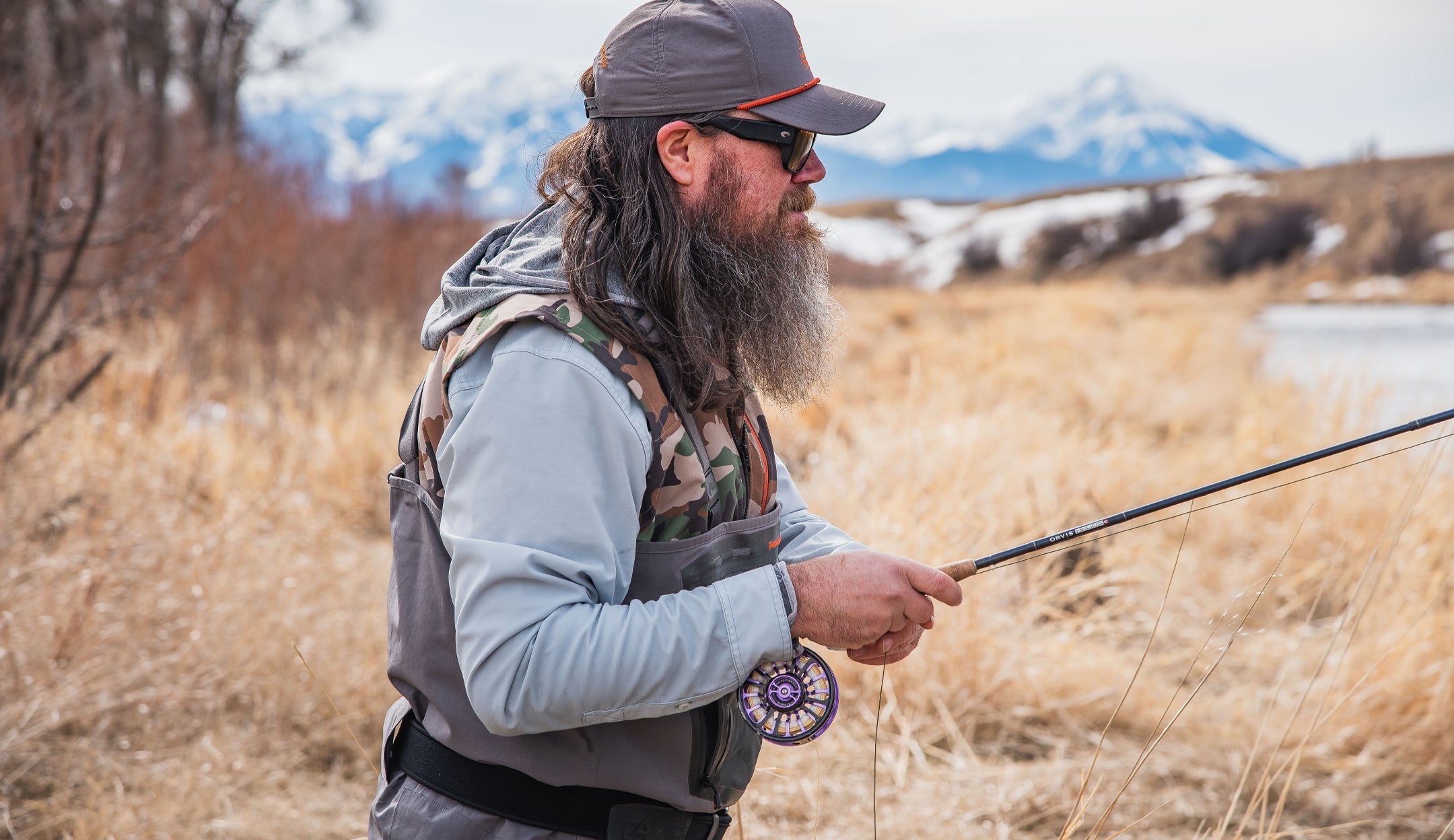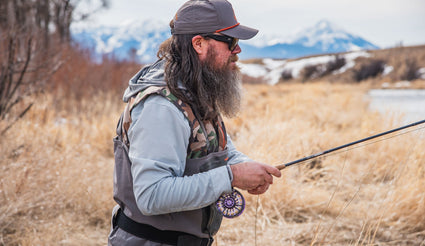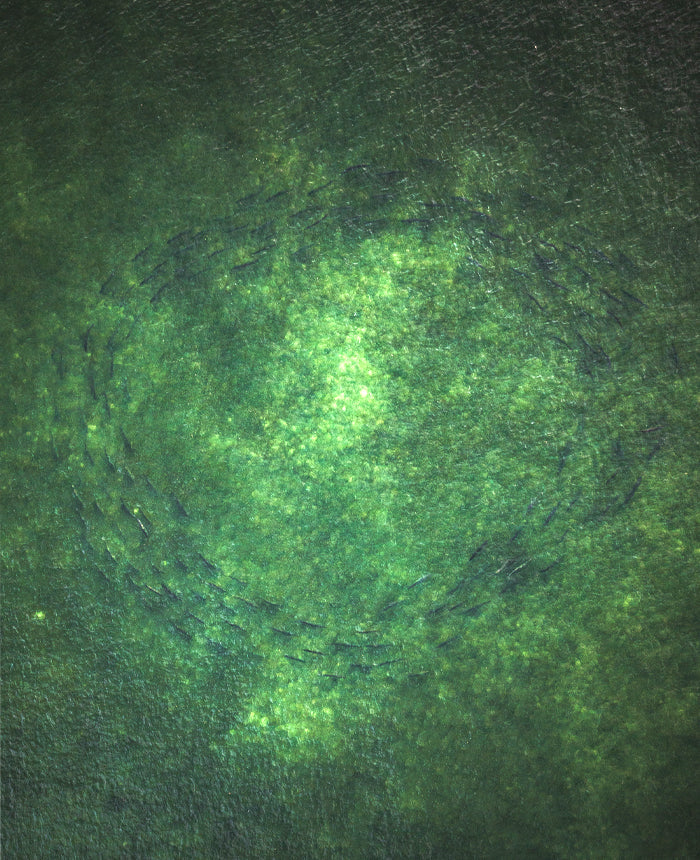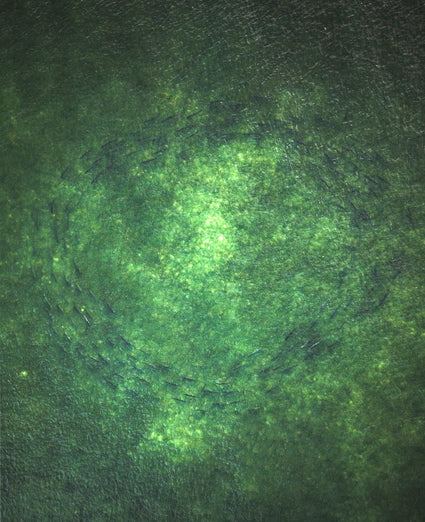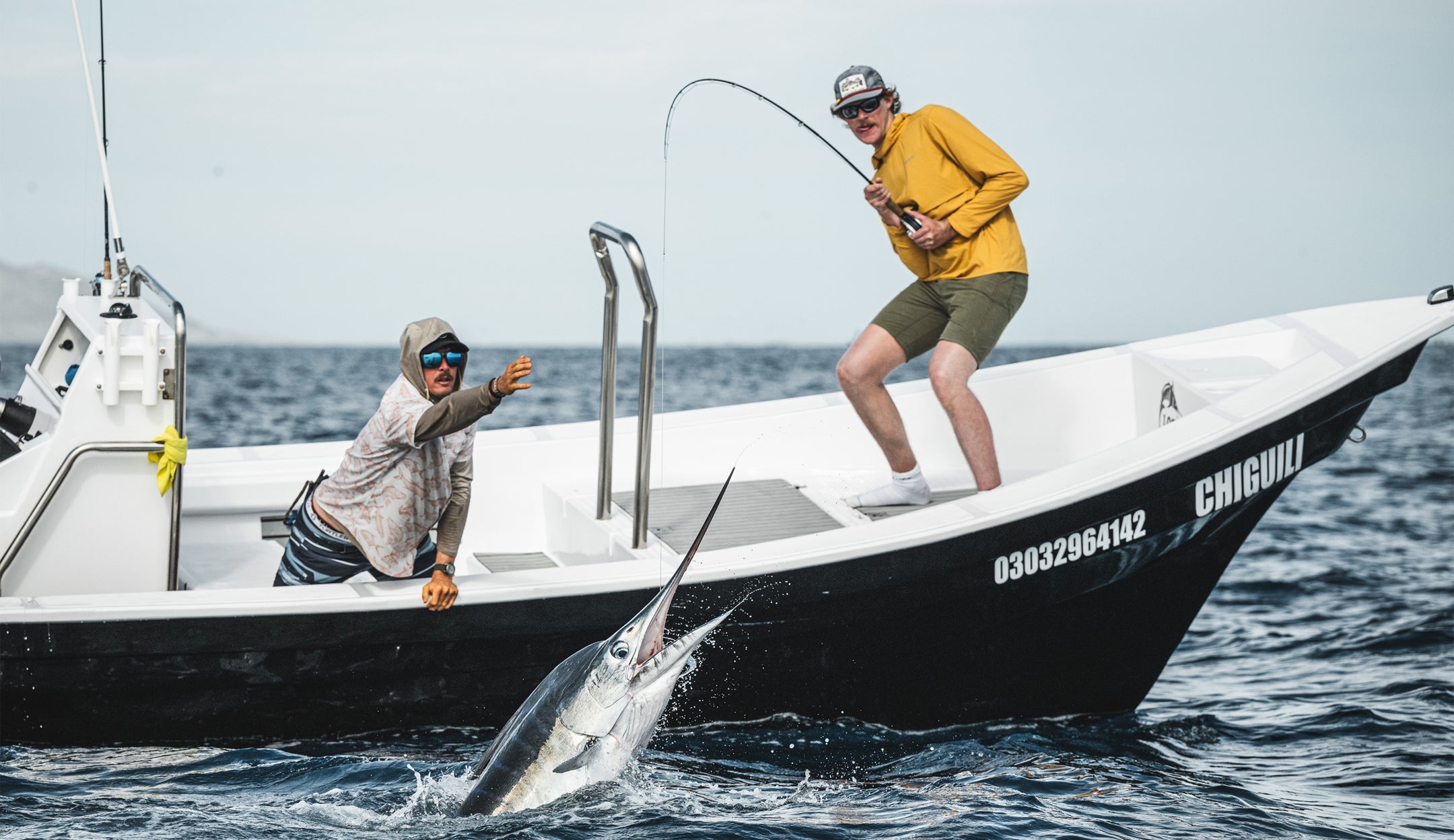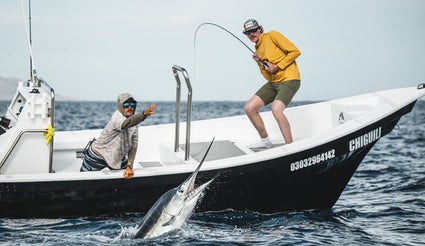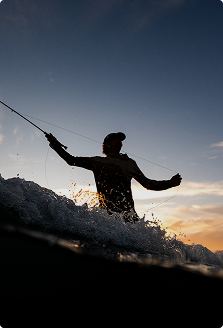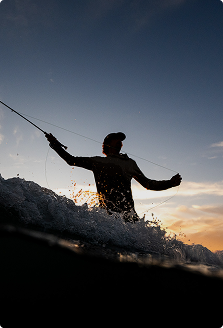Words from 5 Rivers students Joseph Tardif, Dani Gilbert, and Connor Smith.
The annual TU Costa 5 Rivers Ambassadors Summit is, simply put, the greatest event a college angler can attend. This August, eight club leaders from across the country gathered on the Wind River Reservation to celebrate the core values of 5 Rivers: community, conservation, and fly fishing.

5 Rivers Students alongside Wind River residents at the community fly fishing day. Photo by Johann du Preez.
This year’s group traveled from near and far as rod tubes were checked from South Africa, Pittsburgh, Wisconsin, and College Station, while others ventured in from neighboring states like Colorado and Utah.
The overarching theme of the week-long event was community, as students were welcomed by the people of Fort Washakie and the surrounding areas with open arms, creating a powerful connection. For the students, a highlight of the week was attending a cedar burning ceremony led by an Arapaho tribal elder. The evening also included a roundtable discussion and a feast of local bison stew, fry bread, and chokecherry gravy. This moment reminded the group that the trip was just as much about listening as it was about sharing.
This discussion centered around “Seven generation thinking” the thought of a sustainable future for those that follow you. This idea has been described by John Barlow who wrote “We don't own this place, though we act as if we did. It's a loan from the children of our children's kids. The actual owners haven't even been born yet”.
With this in mind, it’s important to recognize the grassroots ideas and “infrastructure” that Johan Du Preez and the Indifly Foundation are developing in partnership with Fish & Game on the reservation. Indifly is a worldwide non-profit focusing on supporting indigenous communities through sustainable tourism, while protecting biodiversity. Indifly not only serves as the host of this trip, but also engages 5 Rivers students to help foster excitement for fly fishing and conservation within the community. Two full days of the experience are dedicated to teaching fly fishing and its ethos—an approach that echoes the philosophy of seven-generation thinking.

Colorado State University Students Joe Tardif and Dani Gilbert talking about conservation and stewardship. Photo by Missy Sprouse.
As Johann shared on the TU Costa 5 Rivers podcast Emerging, “We are [focusing] on cultural and stewardship [values] first. So we work with the native youth and try to build trust and help them keep their heritage and culture.” While the preservation of culture is central to both the tribes and Indifly, the opportunity for students to immerse themselves in this culture is equally significant.
Once the events conclude in the first half of the week, the students are able to spend a day fishing in the infamous Wind River Canyon. An experience that can have high risk and higher rewards for those students who may not be too used to fishing the Rockies; nevertheless, some of the biggest trout waters in the Rockies. This past year brought many, many inches of trout, and every student was left speechless by the experience.
After fishing, the caravan captained by TU Youth Fly Fishing Programs Manager, Cliff Watson, headed to the Muddy Creek basin of Wyoming. This second aspect of the week leans heavily into the conservation pillar of 5 rivers. One day was spent building barbed wire fence walkovers for future anglers and the second and final day of the summit was spent waist deep in muddy creek doing our best beaver impressions.

5 Rivers students with their finished beaver dam on Muddy Creek. Photo by Cliff Watson.
Muddy Creek once supported thriving beaver populations and dense willow stands. Over time, cattle grazing and the loss of beavers have altered its flow, leaving it straighter, slower, and less able to hold water through the season. To help restore it, 5 Rivers students spent the day building beaver dam analogues. These man-made dams are made of wooden posts and woven willow designed to mimic real beaver dams. With multiple of these dams working side by side in the creek, they slow the current, spread water across the floodplain, and create new pools that cool the stream and provide critical habitat for native Colorado River Cutthroat Trout.
As the week came to a close, it was clear this experience was more than just a summit, it was a turning point. Students left with more than new fishing memories; they carried with them lessons in stewardship, cultural respect, and the responsibility of “seven generation thinking.” The Wind River Reservation had welcomed them not just as visitors but as future caretakers.
The TU Costa 5 Rivers Ambassadors Summit proves year after year that when anglers gather to share stories, learn from one another, and work side by side, they build something far greater than access ladders and beaver dam analogues. We build a future for coldwater fisheries and the communities that depend on them.
Stay connected with the 5 Rivers Program on Instagram @tucosta5rivers.


